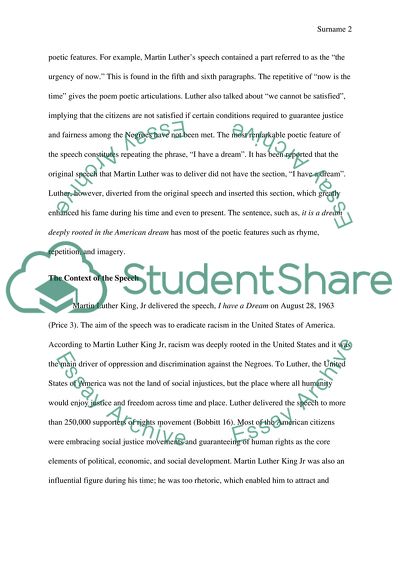Cite this document
(Oratorical Analysis of Martin Luther King Juniors Speech, I Have a Assignment, n.d.)
Oratorical Analysis of Martin Luther King Juniors Speech, I Have a Assignment. https://studentshare.org/politics/1840873-oratorical-analysis
Oratorical Analysis of Martin Luther King Juniors Speech, I Have a Assignment. https://studentshare.org/politics/1840873-oratorical-analysis
(Oratorical Analysis of Martin Luther King Juniors Speech, I Have a Assignment)
Oratorical Analysis of Martin Luther King Juniors Speech, I Have a Assignment. https://studentshare.org/politics/1840873-oratorical-analysis.
Oratorical Analysis of Martin Luther King Juniors Speech, I Have a Assignment. https://studentshare.org/politics/1840873-oratorical-analysis.
“Oratorical Analysis of Martin Luther King Juniors Speech, I Have a Assignment”. https://studentshare.org/politics/1840873-oratorical-analysis.


